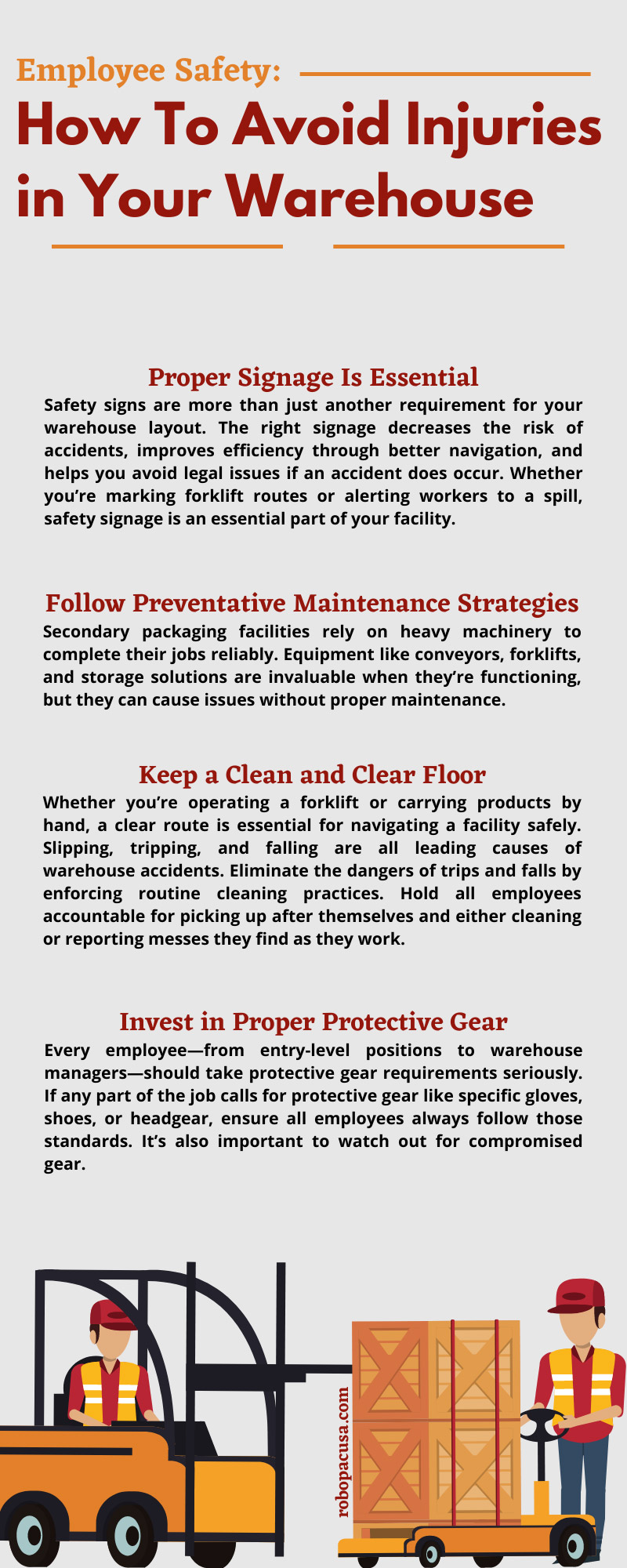

**The Importance of Consistent Vehicle Maintenance in Accident Prevention**
Vehicle safety encompasses various aspects, including driver behavior, road conditions, and the state of the vehicle itself. While considerable focus is placed on driver education and traffic regulations, an essential yet frequently neglected aspect of road safety is consistent vehicle maintenance. Keeping a vehicle in optimal condition not only extends its lifespan but also significantly contributes to accident prevention. This article examines how regular maintenance can improve vehicle safety and diminish the risk of collisions.
—
### 1. **Maintenance of the Braking System**
The braking system ranks among the most vital safety features in any automobile. Worn brake pads, insufficient brake fluid, or faulty brake components can drastically lengthen stopping distances or even lead to total brake failure.
– **Preventive Steps**: Regular evaluations of brake pads, rotors, and fluid levels can reveal wear before it escalates into a danger.
– **Safety Impact**: Efficient brakes allow the driver to halt promptly and securely, particularly during emergency scenarios.
—
### 2. **Tire Condition and Alignment**
Tires serve as the sole point of contact between a vehicle and the roadway. Neglecting tire maintenance can result in blowouts, diminished traction, and loss of control over the vehicle.
– **Preventive Steps**: Consistent monitoring of tire pressure, tread depth, and wheel alignment can avert uneven wear and enhance handling.
– **Safety Impact**: Properly maintained tires offer superior grip, particularly in poor weather conditions, minimizing the chances of skidding or hydroplaning.
—
### 3. **Steering and Suspension Maintenance**
The steering and suspension systems influence a vehicle’s handling, especially during turns or while traversing uneven terrain.
– **Preventive Steps**: Routine inspections for worn shocks, struts, and steering parts are crucial for maintaining vehicle stability.
– **Safety Impact**: A responsive steering mechanism enables better control, which is vital for evading obstacles and navigating curves securely.
—
### 4. **Lighting and Visibility Systems**
Headlights, brake lights, turn signals, and windshield wipers are crucial for visibility and communication on the roadways.
– **Preventive Steps**: Regular bulb replacements, lens cleaning, and wiper blade inspections guarantee that the driver can see well and be seen.
– **Safety Impact**: Enhanced visibility lowers the likelihood of collisions, particularly at night or during adverse weather conditions.
—
### 5. **Health of the Engine and Transmission**
Although engine and transmission problems may not immediately result in accidents, sudden breakdowns while driving can create hazardous situations.
– **Preventive Steps**: Regular oil changes, fluid checks, and engine diagnostics can avert unforeseen failures.
– **Safety Impact**: A dependable engine and transmission lessen the risk of stalling or losing power during critical moments, like merging or overtaking.
—
### 6. **Battery and Electrical System Maintenance**
A failing battery or electrical system can trigger abrupt vehicle shutdowns or impair essential safety features such as airbags and anti-lock braking systems (ABS).
– **Preventive Steps**: Periodic battery testing and checks on electrical connections help to ensure reliable performance.
– **Safety Impact**: Trustworthy electrical systems are crucial for the proper operation of vital safety functions.
—
### 7. **Exhaust and Emissions System Monitoring**
While often associated with environmental issues, a defective exhaust system can also present safety threats due to potential carbon monoxide leaks.
– **Preventive Steps**: Routine inspections can identify leaks or blockages that may compromise air quality within the vehicle.
– **Safety Impact**: Preventing exposure to toxic gases safeguards the driver and passengers from health hazards that could impair driving abilities.
—
### Conclusion
Consistent vehicle maintenance is not merely about preserving a car’s value; it is an essential factor for road safety. By proactively addressing wear and tear, drivers can prevent mechanical failures that could lead to accidents. Besides ensuring the safety of the driver and passengers, a well-maintained vehicle also enhances the safety of other road users.
Devoting time and resources to routine maintenance checks is a small price to pay for the reassurance and safety it provides. Whether you are a daily commuter or an occasional driver, maintaining your vehicle in prime condition is one of the most effective methods to avert accidents and guarantee a safer driving experience for everyone on the road.






